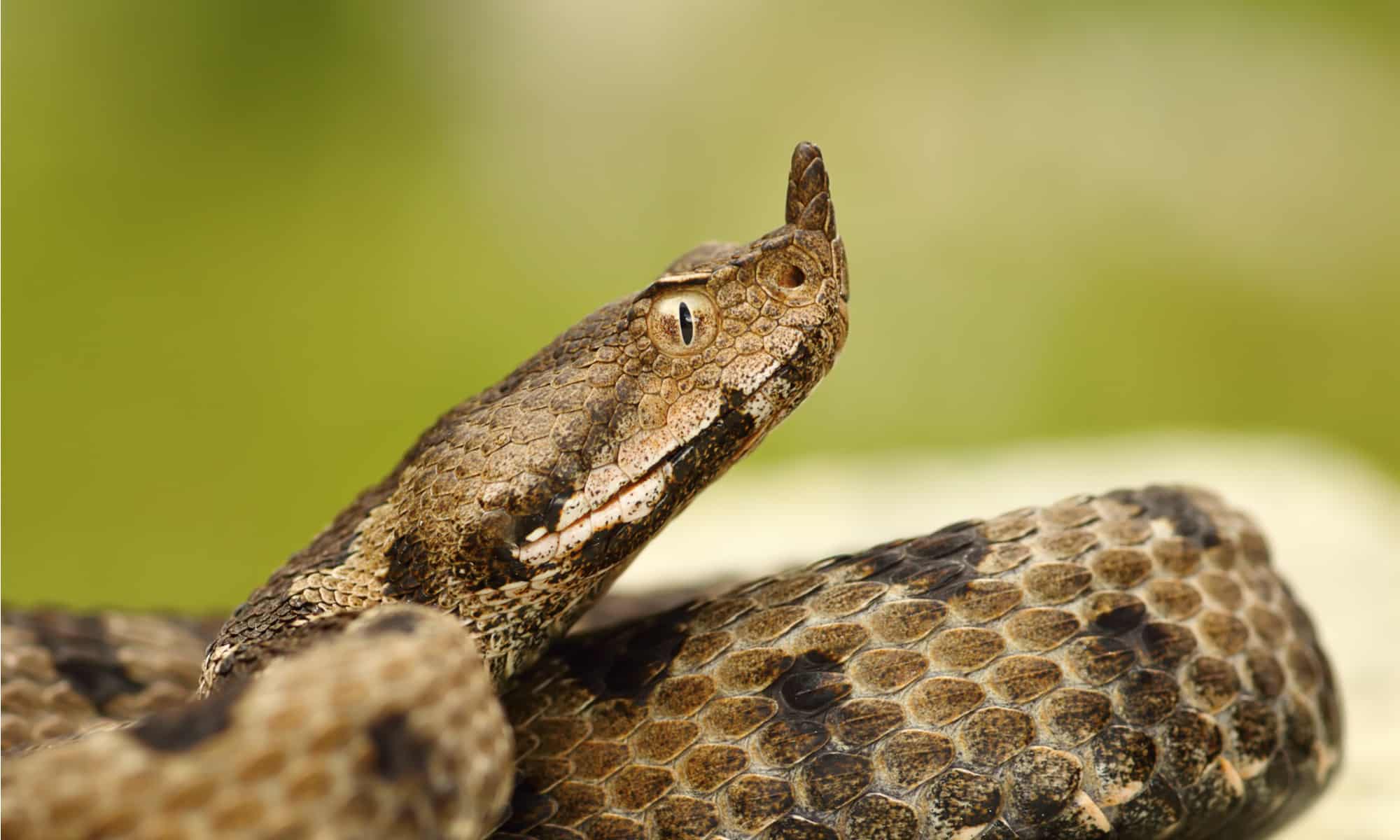When a venomous snake strikes, most people assume venom injection is inevitable. However, in many snake-human encounters, venomous snakes deliver what experts call “dry bites” – strikes without injecting any venom. This fascinating behavior occurs in approximately 25-50% of venomous snake bites worldwide, varying significantly by species. From rattlesnakes to cobras, these potentially deadly creatures sometimes choose to withhold their precious venom when biting threats or prey. This article explores the evolutionary reasons, mechanisms, and implications of this intriguing behavior that has puzzled herpetologists and fascinated snake enthusiasts for generations.
The Definition of a Dry Bite
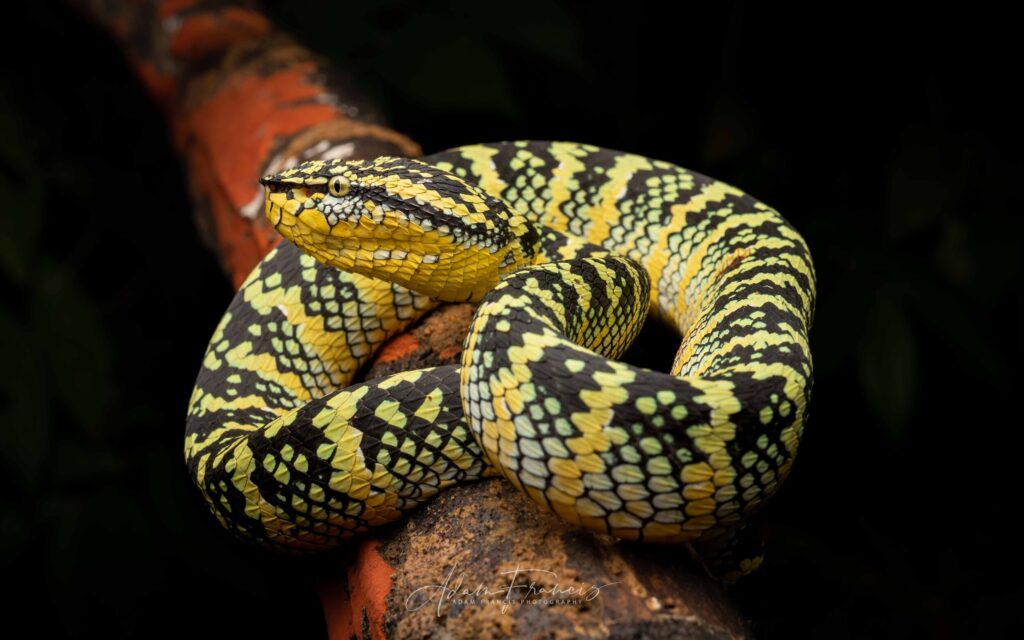
A dry bite occurs when a venomous snake strikes and punctures the skin with its fangs but doesn’t inject venom into the wound. Despite the presence of penetration wounds, the snake has essentially withheld its toxic arsenal. This phenomenon happens across various venomous snake species globally, from vipers to elapids. Medically, these bites are still considered emergencies until proven to be venom-free, as symptoms may develop later or be initially subtle. The distinction between a dry bite and an envenomation can only be definitively determined through medical observation and testing for venom markers in the bloodstream.
The Precious Resource Theory
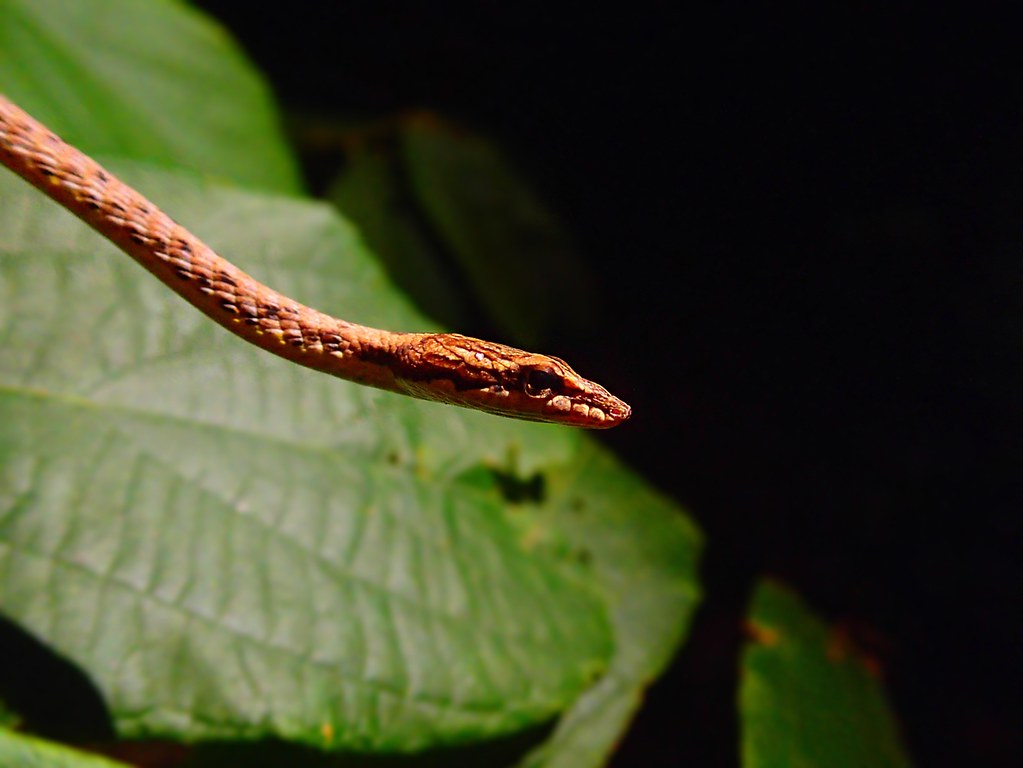
Venom is metabolically expensive for snakes to produce, requiring significant energy and protein resources to manufacture and replenish. Studies have shown that venom gland regeneration can take anywhere from a few days to several weeks, depending on the species and the snake’s nutritional status. During this replenishment period, snakes may be at a disadvantage when hunting or defending themselves against predators. This biological cost creates evolutionary pressure for snakes to use their venom judiciously, saving it for situations where it provides maximum benefit—primarily for prey acquisition. From an evolutionary standpoint, snakes that conserved venom for hunting rather than defense likely had better survival and reproductive rates, reinforcing this behavior across generations.
Defensive Versus Predatory Bites
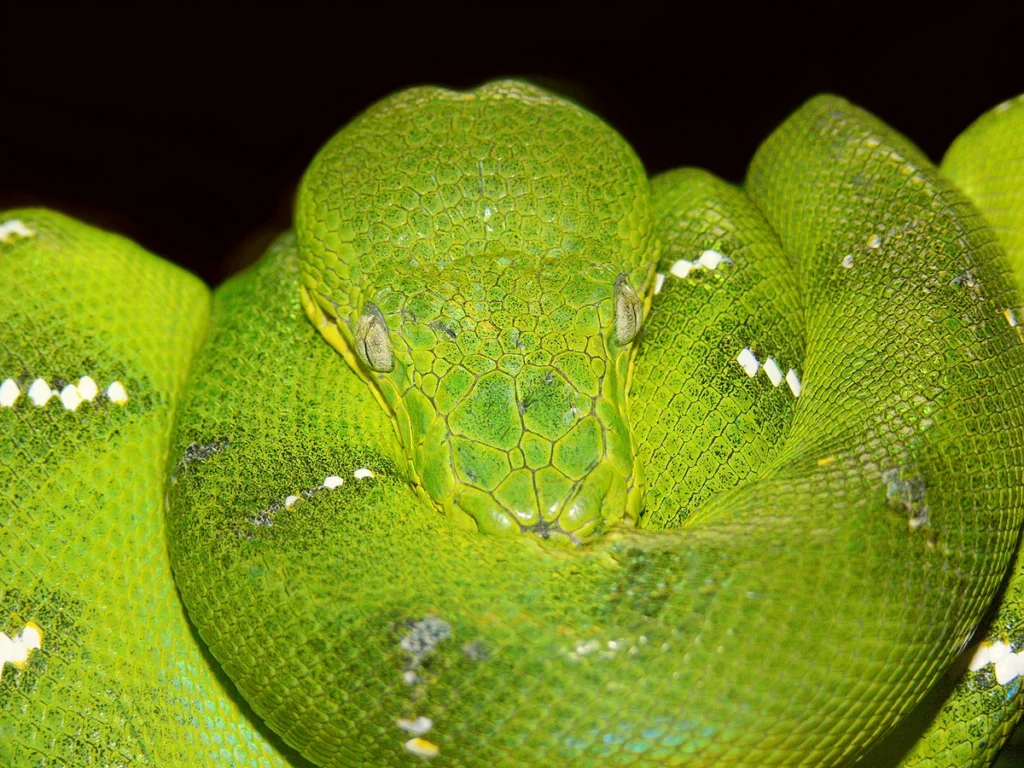
Snake behavior differs dramatically between hunting and defensive scenarios, with venom usage patterns varying accordingly. When hunting, venomous snakes typically deliver full envenomation to quickly immobilize and begin digesting prey. In contrast, defensive strikes against humans and large animals that aren’t potential food sources often result in dry bites or partial envenomation. Research has documented that some species, like the Eastern diamondback rattlesnake, can control venom deployment through specialized muscles surrounding their venom glands. This control mechanism allows for situation-specific responses—full venom for prey, minimal or no venom for defensive strikes. This distinction supports the theory that venom conservation is a primary driver of dry bite behavior in threatening but non-feeding scenarios.
Species-Specific Variations
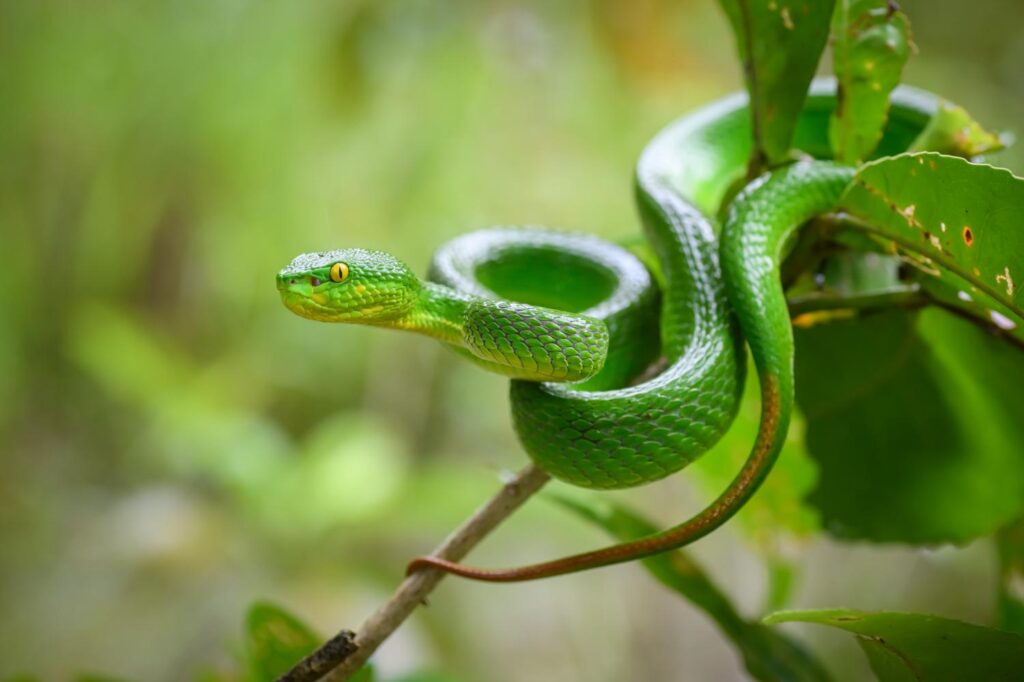
The frequency of dry bites varies significantly across venomous snake species, reflecting different evolutionary pressures and venom production capacities. Australian brown snakes (Pseudonaja spp.) exhibit dry bite rates approaching 80% in human encounters, while certain rattlesnake species may deliver dry bites only 20-30% of the time. Cobras, particularly spitting cobras, show high rates of venom conservation during defensive bites. Some vipers, like the Gaboon viper, are less likely to give dry bites, possibly due to their ambush hunting strategy that relies heavily on immediate venom effectiveness. These species-specific patterns likely evolved based on habitat, prey type, predation pressure, and the metabolic cost of venom production for each species, creating a spectrum of dry bite likelihood across venomous snakes worldwide.
The Venom Metering Hypothesis
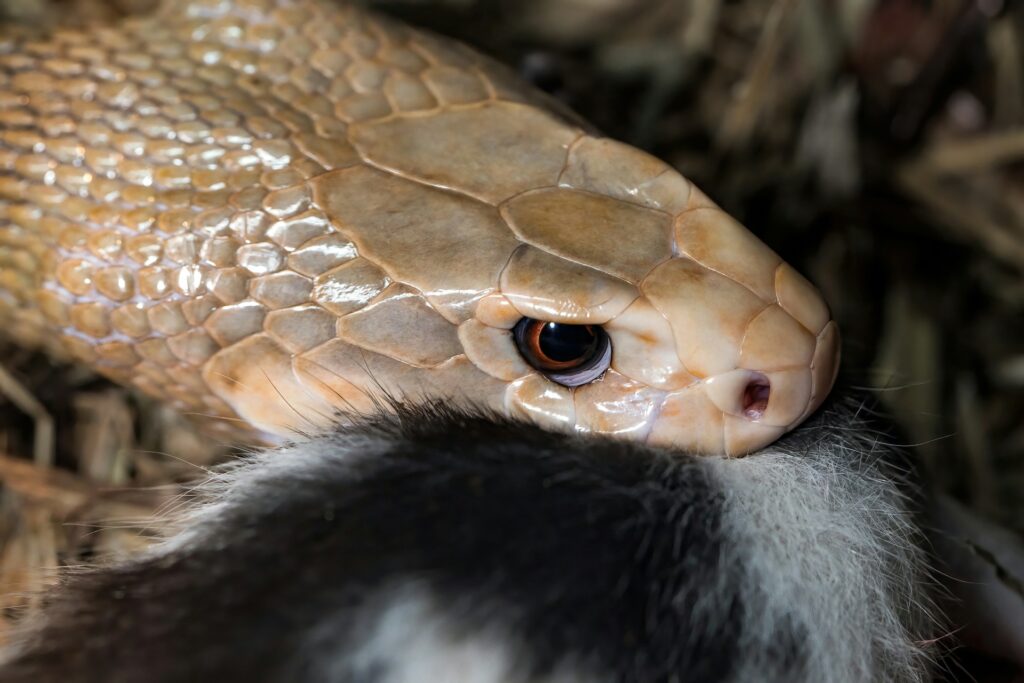
The venom metering hypothesis proposes that snakes can actively control the amount of venom they inject during a strike. Research conducted on rattlesnakes has demonstrated that they can adjust venom output based on prey size, delivering more venom to larger prey and less to smaller targets. This sophisticated control system involves specialized muscles around the venom gland that can regulate compression and flow into the fangs. Laboratory studies measuring venom extraction amounts have shown significant variability within the same snake depending on stimulation intensity, supporting the existence of this control mechanism. The evolutionary advantage of such precise control is clear: it allows snakes to optimize their valuable venom resource, using only what’s needed for a particular threat or prey item.
Mechanical Factors in Dry Bites
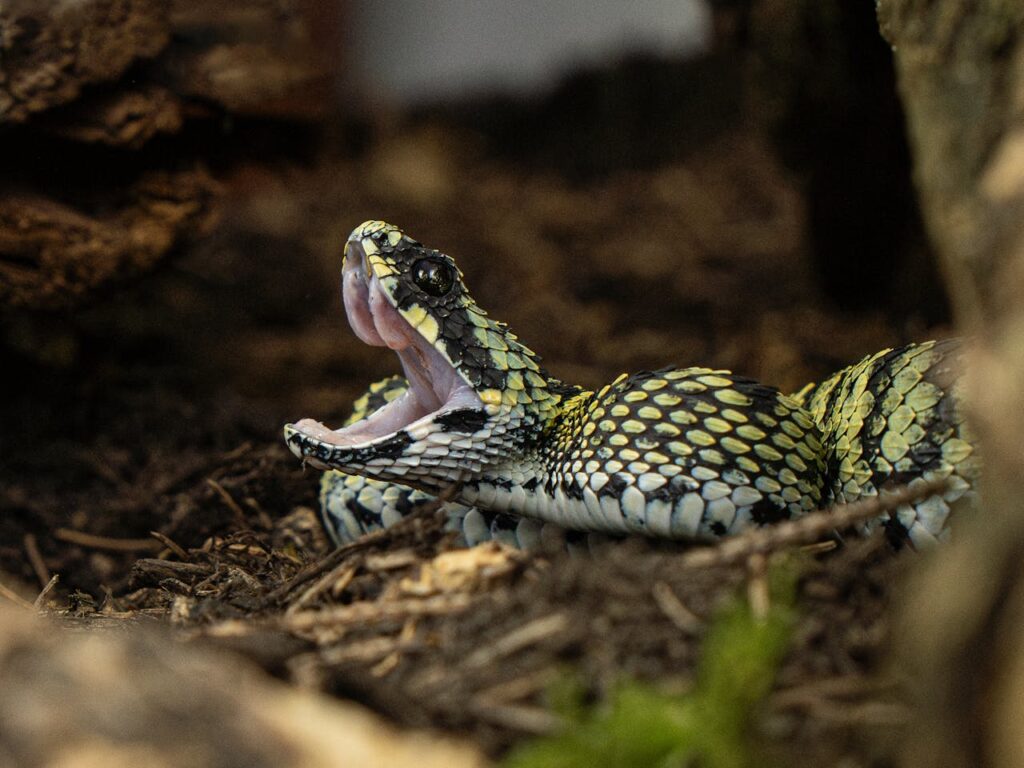
Not all dry bites are intentional—some result from mechanical failures in the venom delivery system. Snake fangs must penetrate to an adequate depth and remain embedded long enough for venom to flow through their channels. In rapid defensive strikes, where the snake hits and immediately withdraws, there may be insufficient time for venom to deploy even if the snake intended to envenomate. Additionally, clothing or protective gear can prevent proper fang penetration, resulting in what appears to be a dry bite. Research examining high-speed footage of snake strikes has revealed that fang orientation, strike angle, and contact duration all influence venom delivery success. In some cases, previous venom depletion from recent hunting or defensive encounters may leave the snake temporarily unable to deliver venom, creating an unintentional dry bite situation.
Age and Experience Factors
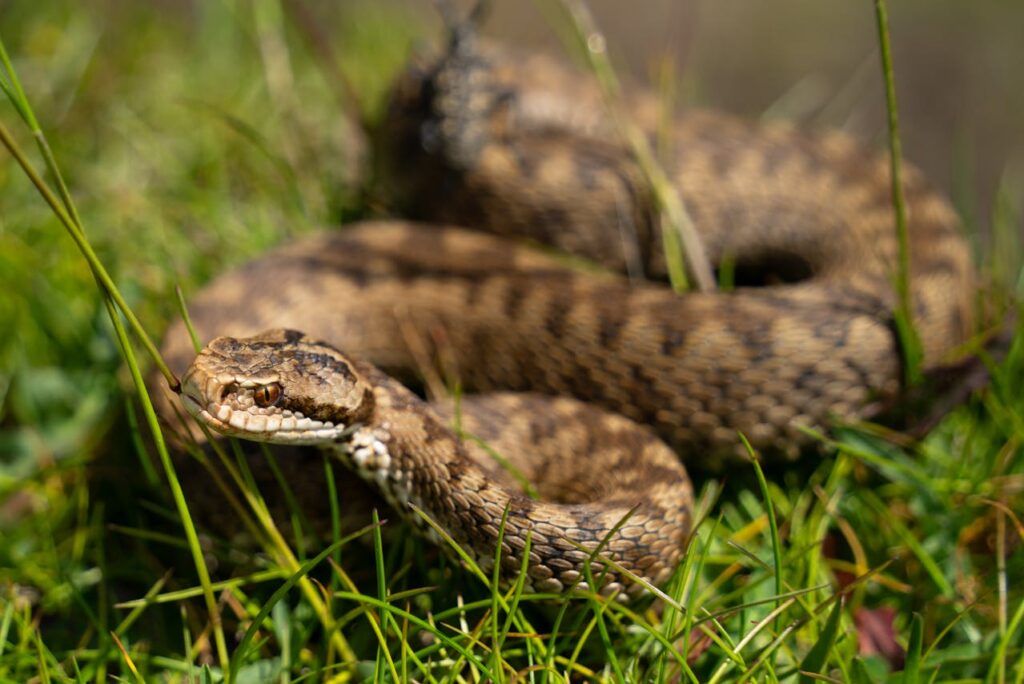
A snake’s age and previous encounters with threats appear to influence its likelihood of delivering dry bites. Juvenile venomous snakes often lack the refined control mechanisms of adults and may be more likely to deliver full envenomation when threatened. Research on rattlesnake behavior indicates that older specimens with previous human encounters may demonstrate increased defensive restraint, suggesting possible learning or behavioral adaptation. Some studies have tracked individual snakes over time, noting changes in strike behavior and venom deployment as they mature. This developmental aspect of venom control adds another layer to understanding why dry bites occur and may explain some of the variability observed in clinical bite statistics across different age groups of the same species.
Warning Bites and Threat Assessment
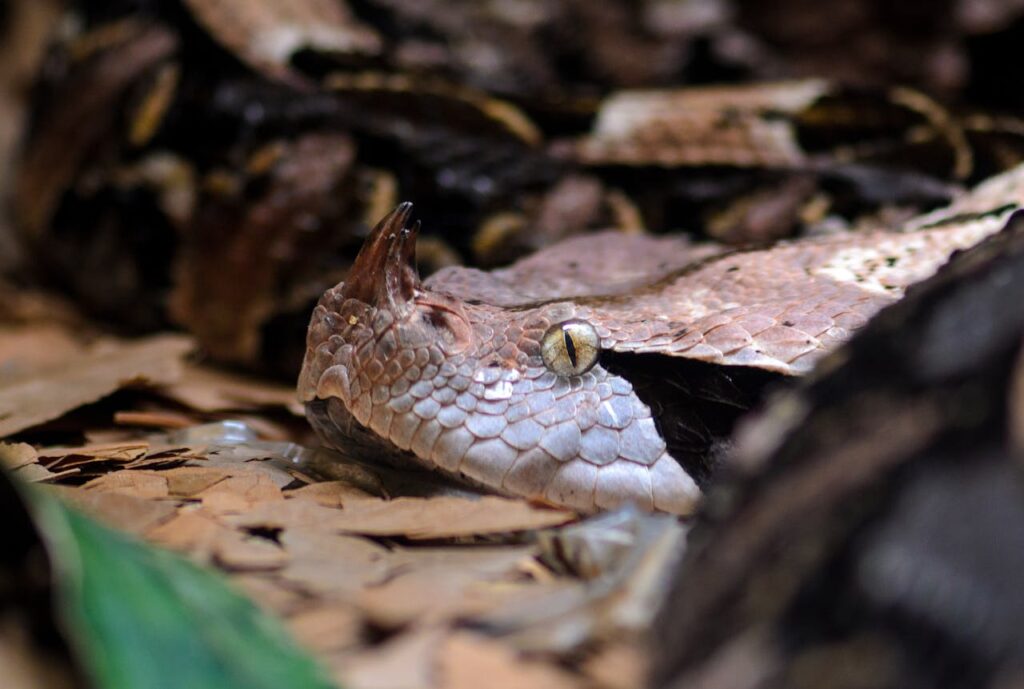
Dry bites may serve as warning signals or initial threat assessments by venomous snakes. Many venomous species display a graduated defense response, beginning with posturing, hissing, or bluff strikes before resorting to actual bites. When these initial deterrents fail, a dry bite can serve as a final warning before committing to venom expenditure. Field observations suggest that some snakes may strike defensively without venom first, then escalate to envenomation if the threat persists. This progressive response allows the snake to gauge whether the perceived threat will retreat after the initial painful bite. Such behavioral adaptations maximize survival chances while minimizing venom wastage, demonstrating the sophisticated threat-response systems that have evolved in these reptiles.
Medical Implications of Dry Bites

Despite containing no venom, dry bites present significant medical challenges and concerns. All bites from venomous species must be treated as medical emergencies until proven otherwise, requiring observation periods of 8-24 hours depending on the species involved. Symptoms of envenomation can sometimes develop slowly, creating false impressions of a dry bite that later proves dangerous. Healthcare providers must conduct serial examinations for signs of local tissue damage, coagulopathy, or systemic effects, often utilizing blood tests to detect venom markers. Psychological trauma from snakebite, even without envenomation, can be substantial, causing anxiety, panic responses, and in some cases, symptoms mimicking envenomation through autonomic nervous system activation. Medical protocols typically recommend the same initial treatment approach regardless of whether venom injection is suspected.
Ecological and Evolutionary Advantages

Dry bites confer several ecological and evolutionary advantages that have reinforced this behavior across venomous snake lineages. By conserving venom for prey acquisition, snakes maintain their hunting effectiveness in environments where food may be scarce or competition intense. The ability to deliver warning bites without venom expenditure allows snakes to deter predators while preserving their primary hunting tool. Research suggests that venom conservation behaviors may be more pronounced in environments with unpredictable prey availability or high metabolic demands. From an evolutionary perspective, the development of venom control mechanisms represents a sophisticated adaptation that maximizes the utility of a metabolically expensive resource. These advantages have likely contributed to the persistence and refinement of dry bite behavior across the approximately 60 million years of venomous snake evolution.
Myths and Misconceptions

Numerous myths surrounding dry bites have persisted in both public perception and even some medical settings. One common misconception is that baby snakes are more dangerous because they “can’t control their venom,” when research actually indicates that while juveniles may have different venom compositions, they can indeed regulate venom deployment. Another myth suggests that certain species never give dry bites, which contradicts clinical data showing dry bite potential across virtually all venomous species. Some believe dry bites occur only when venom glands are depleted, yet studies demonstrate intentional venom withholding even in snakes with full venom reserves. Perhaps most dangerous is the misconception that pain level indicates envenomation severity—in reality, some deadly bites produce minimal immediate pain while some dry bites can be quite painful due to mechanical tissue damage from the fangs.
Research Challenges and Future Directions
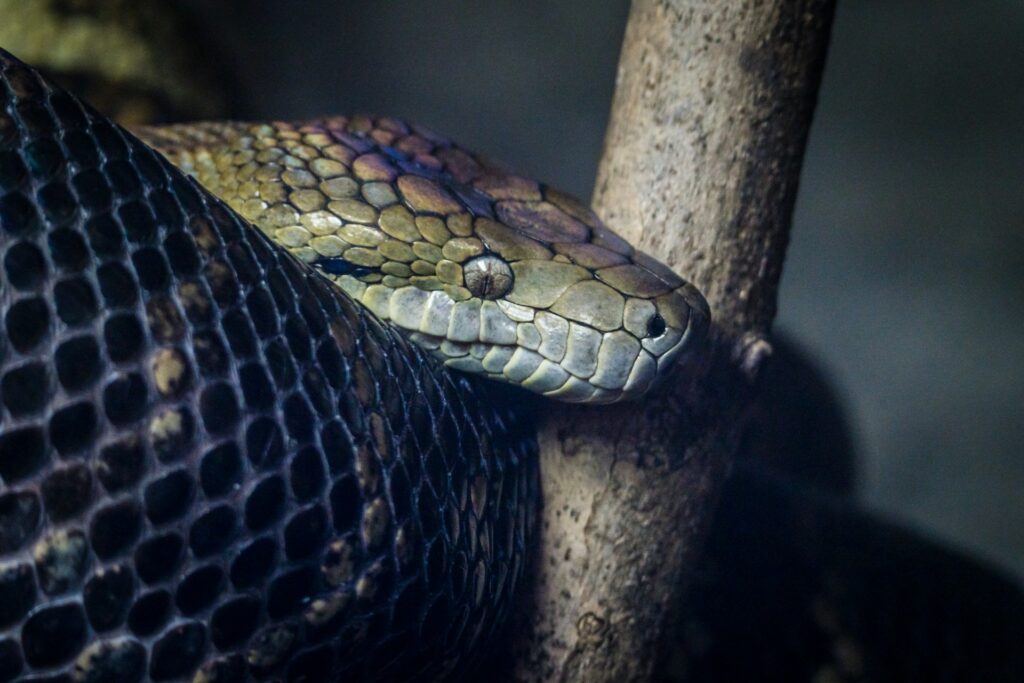
Studying dry bite phenomena presents unique research challenges that scientists continue to address with evolving methodologies. Ethical constraints limit experimental approaches with venomous snakes and human subjects, requiring creative research designs using animal models or observational studies. Determining venom presence in real-world bite scenarios often relies on indirect evidence like symptom progression or blood marker tests rather than direct measurement. Future research directions include developing better venom detection methods for clinical settings, more sophisticated venom gland imaging during strikes, and genetic studies examining the evolution of venom control mechanisms across species. Understanding the neurological basis of venom deployment decisions represents another frontier, potentially revealing how snakes process threat information to make split-second venom usage choices. Collaborative research between medical toxicologists, evolutionary biologists, and herpetologists continues to shed light on this fascinating adaptive behavior.
Practical Implications for Snake Encounters
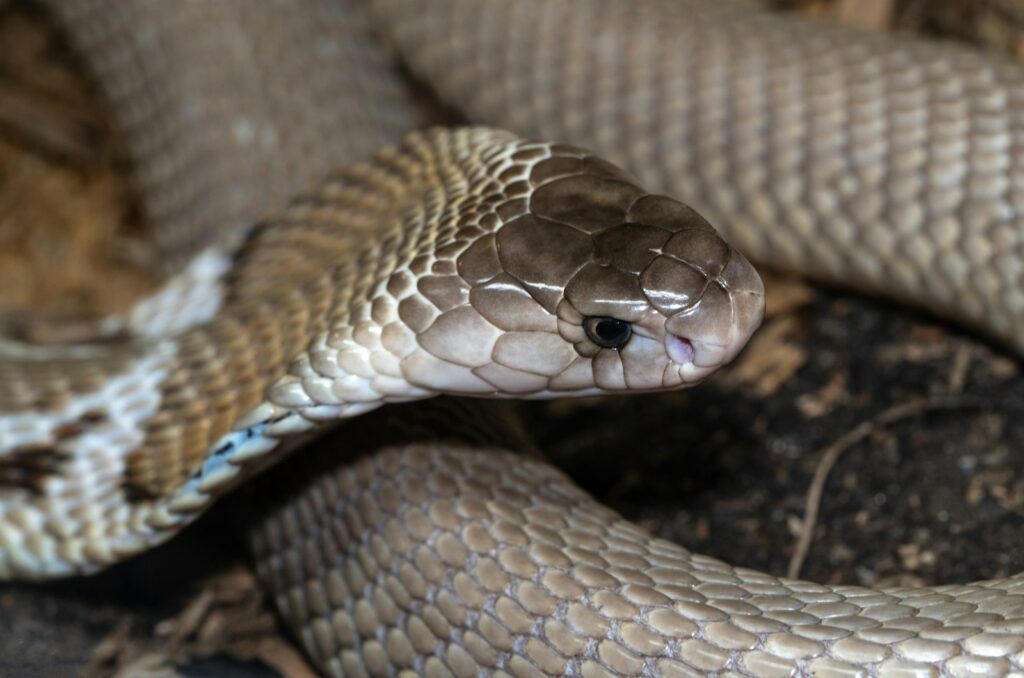
Understanding dry bite phenomena has important practical implications for how people should respond to venomous snake encounters. The possibility of a dry bite should never influence first response actions—all bites from venomous species require immediate medical attention regardless of initial symptom presentation. Snake identification remains crucial for medical treatment, as different antivenoms target specific venoms. Prevention strategies like wearing appropriate footwear in snake habitat, using flashlights at night, and maintaining awareness remain the best protection against both dry and envenomated bites. For professionals working with venomous snakes, knowledge of species-specific dry bite tendencies can inform risk assessment but should never create complacency. The unpredictability of venom deployment means that every venomous snake encounter must be approached with appropriate caution, respecting the animal’s defensive capabilities while understanding the complex biological drivers behind their bite behaviors.
Conclusion
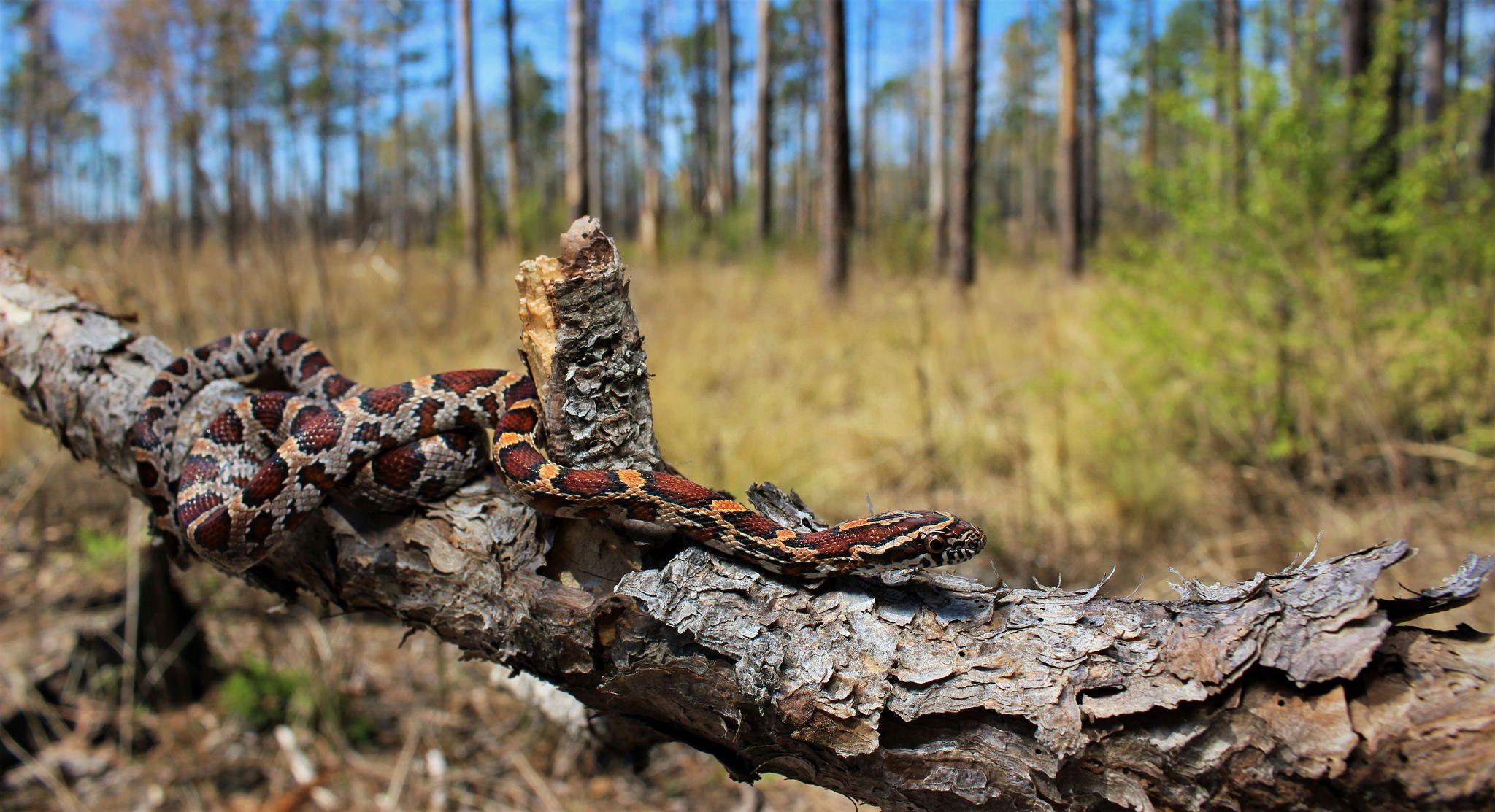
The phenomenon of dry bites represents a fascinating intersection of evolutionary biology, predator-prey dynamics, and resource management in venomous snakes. By selectively deploying their metabolically expensive venom, these reptiles demonstrate sophisticated adaptive behaviors that have evolved over millions of years. While dry bites occur in a significant percentage of human-snake encounters, they remain unpredictable—a stark reminder that all venomous snake bites require urgent medical attention. As research continues to unravel the physiological mechanisms and decision-making processes behind this behavior, we gain not only scientific knowledge but also practical insights that can improve medical responses and inform conservation approaches for these often misunderstood predators. The dry bite phenomenon ultimately highlights the remarkable complexity of snake behavior and the continuing evolution of these ancient survival strategies.

